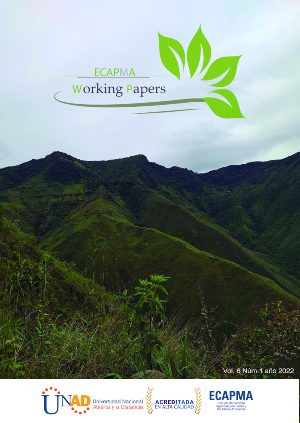Analysis of lighting risks in study positions of distance education students
Contextualization
The environmental risks present in the different academic activities have been changing due to the incorporation of new technologies and study methodologies, causing them to appear in environments that were not designed to carry out these activities, such as lighting, a critical and fundamental factor for the academic development.
knowledge gap
It is unknown if distance education students present lighting risks in the area where they work and/or study within their homes.
study purpose
Based on the above and due to the complexity that the pandemic brought to adapt the home into permanent recreation, work and study areas, this research emerged that seeks to identify the risk of lighting in the study areas of distance higher education students.
Methodology
For the development of the present study, we worked with a non-probabilistic sample of 329 distance university education students, who had knowledge in Safety and Health at Work. A section of the lighting evaluation technical guide was applied as an information collection tool developed by the INSST of Spain; based on this mobile application was used to measure the lighting in the workplace during the morning, afternoon and night hours.
Results and conclusions
It was found that 35% of the students have exclusive study areas, 74% perceive that the lighting levels are optimal for carrying out these activities, 30% of them state that they have problems associated with tiredness and visual fatigue, and at use and analyze light levels, it was shown that on average only 30% of respondents have optimal lighting levels to carry out this activity according to the standard.






